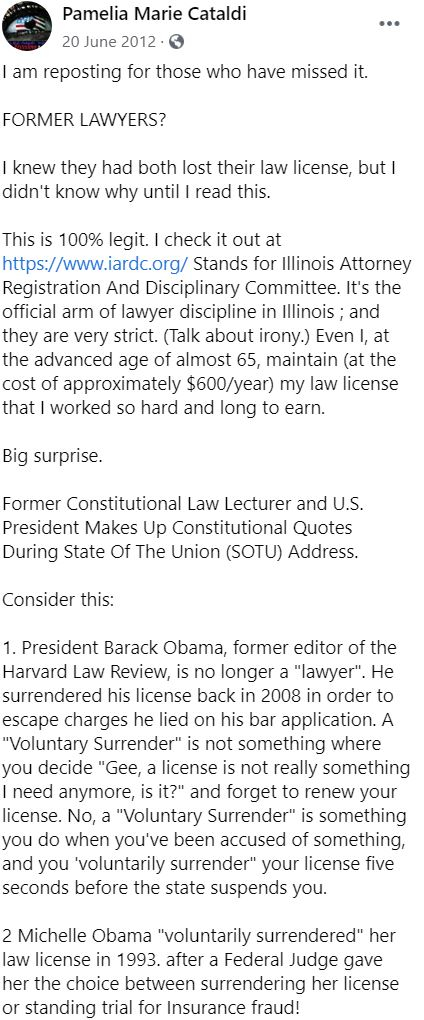

The Dixie Dregs founder who has won "Best Overall Guitarist" by Guitar Player's reader's poll five times - and has received six Grammy nominations - does an unabashedly energetic turn here with his buddies Dave LaRue (bass) and Van Romaine (drums). Retrieved November 12, 2014.In a world where many brilliant guitarists keep trying to smooth out to get more airplay, it's reassuring to know that there's still room for wild, jamming, and magnificently noisy projects whose tough-minded edges guitar students can drool over. ^ Galloway, Jeff (September 10, 2007).
#Steve splitt plus
Medline Plus Trusted Health Information for You.

"Rupp shatters American indoor 5K record". ^ Chavez, Christopher (January 16, 2014).International Association of Athletics Federations.


^ The race can be watched on YouTube by searching "1972 Olympic 800m Final".Q&A: Negative Splitting & Redemption Races. Breeder's Cup Is As Simple As Following the "Rule". ^ Swim Drills to Build Your Negative-splitting Skills.Sitting and kicking can also be confused with negative splitting, especially if the runner employing this strategy makes their kick move earlier than the last 300-meters or so of a race.Īthletes using negative splits Kenenisa Bekele This strategy relies on the runner having a better kick than the rest of the field. The runner then makes a kick-increases pace-with all their remaining energy. This strategy, also known as a sprint finish, relies on the runner hanging with the lead pack for the majority of the race, not pushing the pace or trying to break away, until the bell lap or final section of the race. This meant that the race was not run as an even split, but that there was only a 0.5% difference between the slowest and fastest splits, with no obvious pattern of slowing down or speeding up as the race progressed. In reality, all of the 5km splits were run within five seconds of each other, with every split past the 10km point being between 14:12 and 14:14. In order to achieve this time, each 5km split would need to be completed in 14 minutes 13 seconds, producing a time of 1 hour 59 minutes 59.5 seconds. In 2019, Eliud Kipchoge attempted to perform even splitting in the Ineos 1:59 Challenge, in which he attempted to run a marathon distance in under two hours. Because the other runners in the race ran so fast at the beginning and slowed at the end, Wottle's finish was much faster. Wottle ran a 1:45 for that race, even splitting 26 seconds for each 200-meter split. One of the best examples of even splitting comes from Dave Wottle in the 1972 Olympics in the 800-meter finals. If the runner falls behind and runs the first part more slowly than intended, they can replace strategy with a negative split to make up for the time lost earlier in the race. To use this strategy the runner must run their own pace and not get pulled ahead or behind by the other competitors. For example, if a runner wants to finish a 1600-meter race in 4:40, on a 400-meter track, the runner would have to hit 70 seconds a lap, with each lap counting as a split to achieve this goal. To do this the runner must run the same split for every lap (or other distance considered a split) to hit the time. The strategies discussed below are easily confused with negative splits, because the racer can appear to be negative splitting when they really are not.Įven splitting is a racing strategy where the runner aims for a precise lap time.


 0 kommentar(er)
0 kommentar(er)
